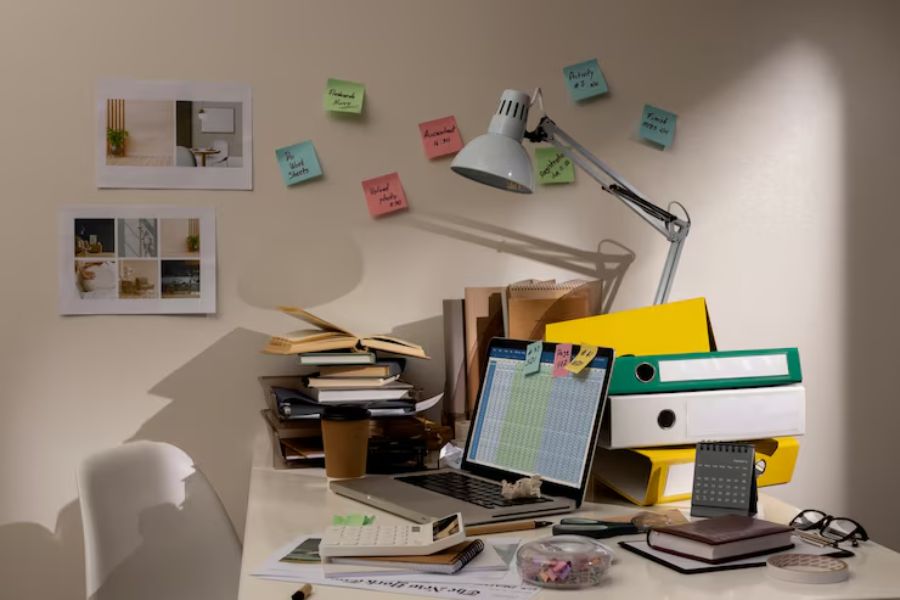In an era of rising rent, remote work, and cross-country relocations, Americans are rethinking their relationship with space. Whether downsizing to cut costs or moving to new cities for fresh opportunities, one common thread ties many of these stories together: a lack of room for everything we own. As a result, innovative storage solutions are no longer a luxury; they’re a necessity.
The Rise of the Storage Economy
Over the past decade, the self-storage industry has exploded. Nearly 10% of U.S. households rent a storage unit, with millennials and Gen Z driving recent demand. But this isn’t about hoarding. It’s about mobility, flexibility, and adaptability.
Many Americans are living in smaller apartments or shared homes, and while the square footage may shrink, our attachment to certain belongings hasn’t. Heirlooms, seasonal gear, or simply the overflow of daily life need a place to live that doesn’t involve constant clutter or overcrowding.
In addition, mobile storage services and app-based platforms are making storage even more accessible. Some companies offer pick-up and drop-off for stored items, eliminating the need to even visit your unit in person. This convenience-driven evolution of the industry has attracted urban professionals and busy families who value time as much as space.
We’re also seeing a surge in eco-conscious storage solutions. Facilities are being designed with solar power, sustainable building materials, and green practices in mind. Consumers increasingly want their lifestyles, including storage, to align with their environmental values.
What We Store Says a Lot About Us
Storage units aren’t just about physical objects; they’re about memory, identity, and transition. For young professionals, it might be college furniture waiting for a permanent home. For retirees, it could be years of collected keepsakes not quite ready to be parted with. For families, it might be baby gear held onto between children or items passed down through generations.
Even businesses use storage units to archive files, house seasonal inventory, or temporarily store furniture during renovations. The growing diversity in what gets stored reflects a broader trend: our spaces are becoming more fluid, and so are our storage needs.
In each case, storage becomes a way to press pause without letting go, a temporary holding zone during seasons of change.
Choosing the Right Unit for Your Needs
Not all storage is created equal. Climate control, security, size, and accessibility all factor into making the best decision for your situation. Before booking a unit, consider how often you’ll need to access it and what you’re storing. Wooden furniture or important documents? You’ll need temperature control. Just boxes of holiday decorations? Maybe not.
Many first-time renters overestimate (or underestimate) the space they need, which can lead to unnecessary costs or storage shortfalls. That’s why knowing how to pick the perfect storage unit is so important. Understanding the space you require helps ensure you’re not overpaying for unused square footage or cramming items into a unit that’s too small to store your belongings safely.
Size guides, visual comparisons, and even augmented reality apps can help you assess what fits in a 5×5 versus a 10×20 unit. These tools simplify decision-making and reduce the likelihood of mistakes.
It’s also worth considering the length of your rental. Long-term storage needs may require a different approach than a quick three-month solution. Think about your future access needs and whether you’ll want to add or remove items periodically. A little planning up front can save a lot of frustration later.
The Psychological Benefits of Off-Site Storage
There’s a certain freedom in letting go of visual clutter. Studies have shown that clean, organized spaces contribute to lower stress levels and higher productivity. For those working from home, this can make a significant difference.
Off-site storage can act like a mental buffer, a place to put the “later” pile. Instead of wrestling with the decision to discard or keep, you give yourself time. That breathing room can mean everything when managing a move, downsizing a home, or simply making space to think.
There’s also an emotional benefit: having items nearby, but not in the way, allows for emotional distance. You don’t have to make permanent decisions under pressure. And when you’re ready, everything is still within reach.
Storage in a Shifting Society
As cities grow more expensive and living spaces become more compact, storage becomes part of the urban lifestyle. We see it integrated with moving services, home organization companies, and even real estate staging strategies. It’s no longer just a metal box on the edge of town; it’s part of how we live, move, and transition through life’s phases.
Self-storage has also entered the conversation around disaster preparedness. From emergency supplies to duplicate documents and backup technology, many individuals are using storage units as contingency zones should their home or office become temporarily uninhabitable.
In a world that often demands speed and adaptation, having a flexible solution for your physical belongings means less stress, more space, and the freedom to focus on what’s next. Whether you’re making a big move or just clearing the guest room, smart storage can be a powerful tool in creating the clarity we all crave.
Looking Ahead
The future of storage lies in convenience, customization, and integration. Expect to see more on-demand services, AI-assisted inventory tracking, and even smart locks accessible via smartphone apps. As our lifestyles continue to evolve, the storage industry is evolving with us, offering more than just space; it’s offering peace of mind.
So whether you’re holding onto your past, planning for the future, or simply trying to live better in the present, don’t underestimate the impact of thoughtful storage. It’s not just about where things go; it’s about making room for what matters.

